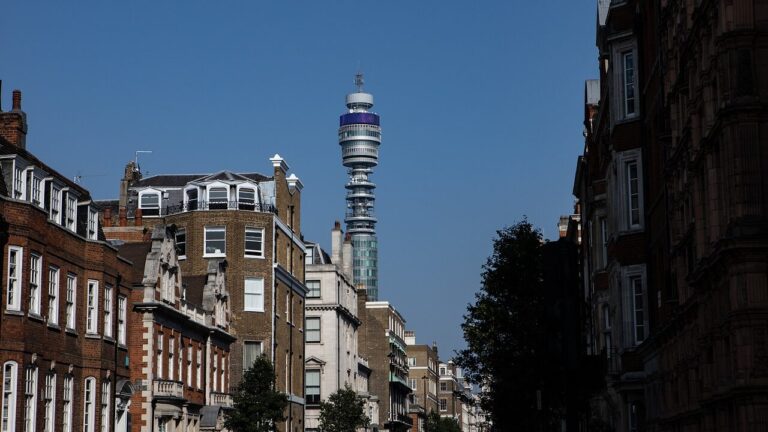Nitrogen dioxide (NO2) emissions in London reduced by more than 70% between 2017 and 2021, according to a new study from the National Centre for Atmospheric Science (NCAS) and University of York.
The reduction has been attributed in part to the city’s air quality policy but also the substantial reduction in congestion that resulted from pandemic-reduced mobility.
A team of researchers used the BT Tower Atmospheric Observatory, managed by the NCAS Atmospheric Measurement and Observation Facility, to detect how levels of harmful nitrogen oxide pollutants have changed over time.
The study identified transportation and heat and power generation as the two primary sources of nitrogen dioxide pollution in central London and were able to single out the impact of emissions from each source using the observatory.
The BT Tower Atmospheric Observatory provides the only long-term measurement of nitrogen oxide emissions from a megacity in the world. At 190m tall, the observatory filters and analyzes air as it moves upwards from the streets and buildings below. A gas inlet mast on top of the tower pumps air into the 35th floor laboratory.
Professor James Lee, research fellow NCAS and University of York, said, “These measurements help us assess the success that invention policies – like the ultra low emission zone – are having on improving the magnitude of vehicle emissions, and hence the quality of the air in our cities.”
The information collected throughout the Covid-19 restrictions offers a glimpse into the future, where electrified transport – in tandem with traffic reduction schemes – may substantially improve air quality.
However, the team showed that central London became dominated by heat and power generation emissions during this period of reduced mobility, pointing towards a problem that cannot be solved by traffic measures alone.
Professor Ally Lewis, NCAS and University of York, said “Getting combustion out of cities is central to further improving air quality in the UK. We will either need to electrify the heating of homes and businesses or think much more seriously about how pollution from gas burning can be cleaned up, as we currently do for cars, trucks and buses.”
For the latest news on emissions, click here.



